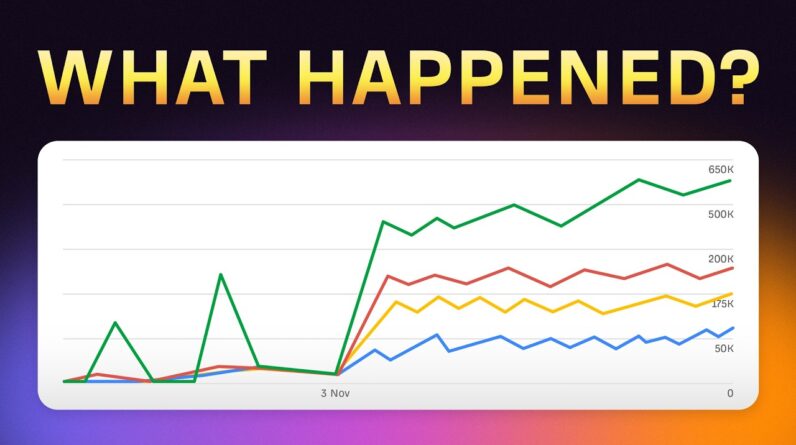
In this step-by-step tutorial, you will discover how to enhance your site speed using Google PageSpeed Insights. By following these clear instructions, you can optimize your website for better performance and improved user experience. Let’s dive in and boost your site speed now!
Boost Your Site Speed with Google PageSpeed Insights
Introduction: Understanding the Importance of Site Speed
In today’s digital world, where attention spans are shrinking and competition is fierce, every second counts when it comes to your website’s loading speed. Slow loading times can drive visitors away and negatively impact your search engine rankings.
Why Site Speed Matters
- Enhances User Experience
- Improves SEO Rankings
- Increases Conversion Rates
- Boosts Mobile Performance
Google PageSpeed Insights: Your Key to Optimizing Site Speed
Google PageSpeed Insights is a powerful tool that provides a detailed analysis of your website’s performance and suggests actionable recommendations to enhance speed and user experience.
Field Data vs. Lab Data: Decoding the Difference
Field Data: Real-world user experience metrics collected from actual visitors.
Lab Data: Simulated performance metrics based on controlled testing environments.
Understanding Key Metrics
- Largest Contentful Paint (LCP): Measures loading performance.
- Cumulative Layout Shift (CLS): Evaluates visual stability.
- First Input Delay (FID): Assesses responsiveness to user interactions.
- Time to First Byte (TTFB): Indicates server response time.
Optimizing for Mobile Performance
With the increasing use of mobile devices, optimizing for mobile performance is crucial for a seamless user experience and improved search rankings.
Deep Dive into Lighthouse Data
Google’s Lighthouse tool within PageSpeed Insights conducts audits in four main categories:
- Performance Audit: Assesses loading speeds and key metrics.
- Accessibility Audit: Ensures inclusivity for all users.
- Best Practices: Checks for adherence to web development standards.
- SEO Audit: Evaluates search engine optimization elements.
Step-by-Step Tutorial to Boost Your Site Speed
- Enter Your Website URL: Start by entering your website’s URL into Google PageSpeed Insights.
- Analyze Your Results: Review your site’s performance scores and identified issues.
- Address Critical Recommendations: Prioritize and implement suggestions to improve loading speed.
- Analyze the Impact: Monitor changes in performance metrics after optimization efforts.
- Continuously Optimize: Regularly check and fine-tune your website for optimal speed.
Conclusion
Optimizing your website’s speed is not just about improving rankings – it’s about delivering a seamless experience for your visitors. By utilizing Google PageSpeed Insights and following the steps outlined above, you can boost your site speed, engage users, and enhance your online presence.
FAQs After The Conclusion
- How often should I run a PageSpeed Insights test for my website?
- Can PageSpeed Insights help me identify mobile-specific issues?
- What should I do if I receive a low performance score on PageSpeed Insights?
- Is there a way to automate the optimization process for my website?
- How does PageSpeed Insights impact my site’s overall SEO performance?






